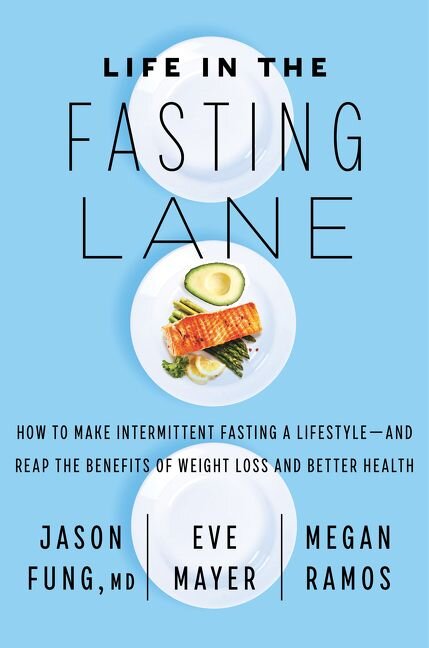Getting Started on a True Ketogenic Lifestyle
/Before we get started, let me say that we are perfectly imperfect. We sometimes eat things we know we shouldn’t. It happens. We always get back on track and we love fasting for its ability to help us. We aim for consistency long term, not perfection.
Eating a diet full of healthy fats and low in carbohydrates lowers blood sugar and insulin levels. It will also shift the body’s metabolism away from using carbohydrates as energy and towards fat and ketones. The concept of high fat diets is to regulate insulin levels, reducing insulin spikes, cravings, a rise in blood sugar, etc. But, what the media and mass public think a ketogenic diet is, is vastly different from reality.
Just because something is low-carb, doesn’t mean you should be eating it. We are thinking of highly processed packaged foods, meats, snacks, etc. We are not perfect, and yes sometimes we eat a Slim Jim or salad dressing that is full of unhealthy ingredients, but it’s those highly processed foods that should be eaten minimally along with a reduction in carbohydrates and increase in fat.
Here are steps for getting started on a true ketogenic lifestyle:
Learn what carbohydrates are, and how to effectively count them
There are carbs in fruits, vegetables, rice, breads, pastas, etc. Know that vegetables still have carbs, and those should be included in your macros if you count them.
However, the carbs in green, leafy vegetables that grow above the ground should not be your biggest concern.
Here’s a great guide from Diet Doctor on ketogenic vegetables.
If you want to get started growing your own vegetables, Here is a great resource from Happy DIY Home.
Start looking at more than just carbohydrates on the nutritional label
Look at the ingredient list, too. Things to avoid:
Sugar (things not labeled sugar: dextrose, corn syrup, fructose, glucose, maltose, saccharose, sucrose, etc.)
Canola oil
Vegetable oil
Ingredients you cannot pronounce
Saturated fat is considered a healthy fat. Here’s a great explanation of that.
Yes, we love bacon. However, bacon is not its own food group and should be eaten with other nutrient dense foods for proper nutrition.
When possible, buy grass fed/finished/pasture raised animals
Modern agriculture uses feedlots to raise animals, pumps them full of corn and unnecessary drugs, and then the human becomes the dumping ground for everything that animal goes through. The USDA puts no regulation on what “grass fed” means. So a cow can be fed one grain of grass in its life and be labeled grass-fed at the store.
Don’t skip out on salt
Not only does salt add flavor to your food, but sodium is an essential nutrient for the body, especially on low-carb diets. When you eat carbs, your body holds on to 3g water for every gram of carbohydrate you eat. You don’t eat a lot of carbs, your body doesn’t hold the water and your kidneys begin to process water and sodium differently as it releases the water. Read more about the benefits of salt in this book, but the salt you intake and do not use, your body excretes naturally. Start by mixing in ¼ teaspoon with water, and see how you feel. Increased salt intake will also help you avoid the keto flu.
Water
Take the number of pounds in your body weight. Divide that number in half and try to drink that many ounces of water each day.
Know that sometimes you will kick yourself out of ketosis and that’s okay
Remember, you are not perfect. Sometimes it’s falling off that helps us stay on longer overall.
Read up on replacement sweeteners
And know that they affect people differently. Some people get an upset stomach from erythritol, stevia tastes bitter to some people, and some people may see a spike in cravings after consumption. Most still require an insulin response in your body. If you stall, cut them out and see what happens. Stevia, monk fruit sweetener and erithyrol all require some sort of insulin response in your body, but hey we all need a little keto ice cream sometimes. Am I right?
It’s OKAY to eat out
Most restaurants will give you a sandwich or burger without the bun, and the starchy sides are almost always replaceable with vegetables or salad.
Eat nutrient dense foods.
Meat is one of the most nutrient dense things you can eat. The fat in meat helps your body absorb all the nutrients present. Eat foods that are rich in nutrients. Processed foods are not nutrient dense.













